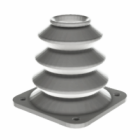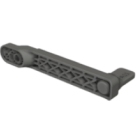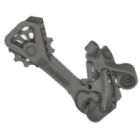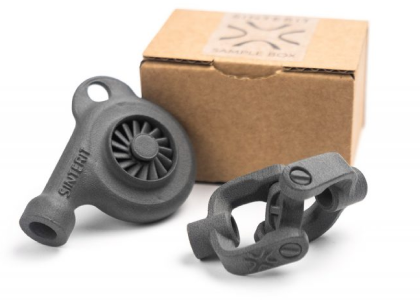3D printing definitions: M – R
M
Material Jetting – a process where droplets of photopolymer or wax are deposited and cured, allowing full-color, smooth-surfaced models.
Mesh repair – fixing errors in 3D models (non-manifold edges, holes, inverted normals) before slicing using software like Netfabb or Meshmixer.
Micron resolution – very high precision measurements (1 micron = 0.001 mm), common in SLA/DLP printers for fine detail.
Modulus of elasticity – a material property describing stiffness; important for engineering analysis of printed parts.
N
Negative space – intentionally unprinted areas in a design, such as channels or holes, which require clearance and support planning.
Nesting – arranging multiple parts efficiently within a build volume for optimal use of space and minimal print time.
Nozzle – the metal tip of a 3D printer’s hotend through which melted filament is extruded to form each layer of a print. Its diameter influences detail level and extrusion flow.
Nozzle diameter – typically ranges from 0.2 mm to 1.0 mm and affects detail, print time, and extrusion rate.
O
Oozing – unwanted filament extrusion during travel moves, causing blobs or strings. Mitigated by retraction and temperature tuning.
Orientation – the positioning of a model on the build platform. Affects strength, surface finish, and support requirements.
Over-extrusion – too much filament is pushed through the nozzle, causing blobs, rough surfaces, and dimensional inaccuracy.
Overhang – a section of a model that extends outward without direct support underneath. Overhangs exceeding a certain angle (typically 45°) may require support structures to print successfully.
P
PA (Polyamide) – nylon-based materials known for durability, toughness, and flexibility, common in SLS and FDM.
Part consolidation – the design and production strategy of combining multiple components into a single 3D printed part, reducing assembly steps, weight, and potential points of failure.
Part orientation – intentional adjustment of how a part sits on the build plate to optimize strength, support usage, and aesthetics.
Post-processing – the set of finishing steps performed after a 3D print is completed — such as sanding, vapor smoothing, dyeing, or curing — to improve appearance, surface quality, or mechanical properties. Learn more about post-processing.
Powder refresh ratio – the proportion of new powder mixed with recycled powder for the next print job in powder-based technologies like SLS. A lower refresh ratio means more reused material, but may affect print quality if not properly managed.
Print farm – a collection of networked 3D printers used for scaled production, prototyping, or print-on-demand services.
Print orientation optimization – the process of adjusting the position and angle of a 3D model on the build platform to improve print quality, strength, support usage, and overall efficiency.
Print resolution – the level of detail a 3D printer can achieve, typically measured in layer height (vertical resolution) and XY precision (horizontal resolution). Higher resolution means finer detail but longer print times.
Print speed – the rate at which a 3D printer moves while extruding material, typically measured in millimeters per second (mm/s). It affects print time, surface quality, and part accuracy.
PVA (Polyvinyl Alcohol) – a water-soluble support filament used in dual extrusion setups for printing complex geometries.
Q
Quality settings – preset profiles in slicing software that adjust resolution, speed, and layer height for trade-offs between speed and visual finish.
Quenching – rapid cooling of printed parts (especially in metal AM) to lock in mechanical properties after heat treatment.
Queue management – a system used in print farms or industrial environments to prioritize, schedule, and monitor multiple print jobs across machines.
R
Raft – a thick, lattice-like platform printed underneath the model to help with leveling and adhesion, especially on uneven or uncalibrated beds.
Raft separation distance – the gap between a raft and the model’s base layer, which affects how easily the model detaches after printing.
Reinforced filaments – composite filaments mixed with materials like carbon fiber, glass fiber, or Kevlar to improve stiffness and heat resistance.
Resin – a photosensitive liquid used in SLA, DLP, and LCD printers that solidifies under UV light.
Resolution (XY and Z) – XY resolution refers to horizontal accuracy (dependent on nozzle diameter or light pixel size), while Z resolution refers to vertical accuracy (layer height).
Retraction – a printing setting that pulls filament back into the nozzle during non-print moves to prevent oozing and stringing between parts of a model.
Download eBook “3D printing glossary”
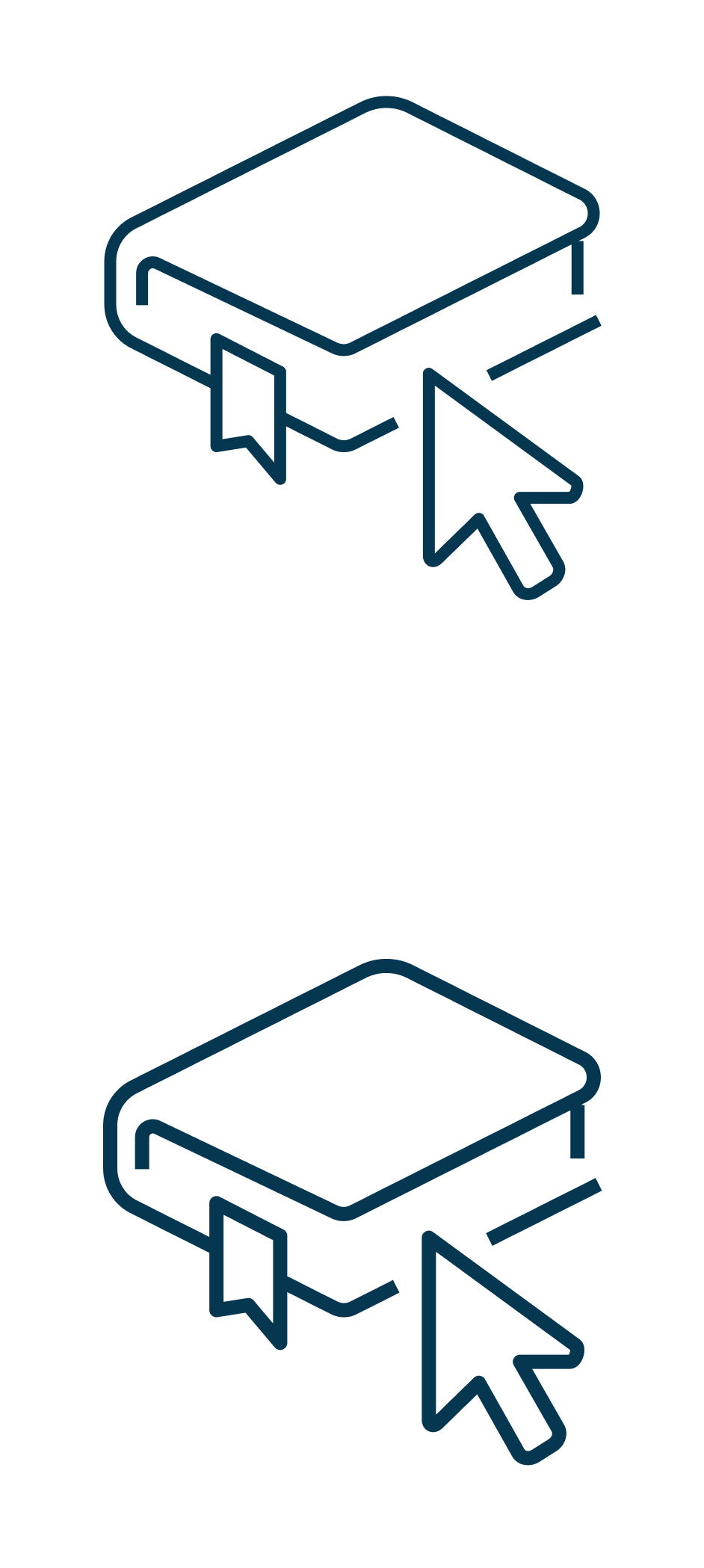
Explore also
Related categories




